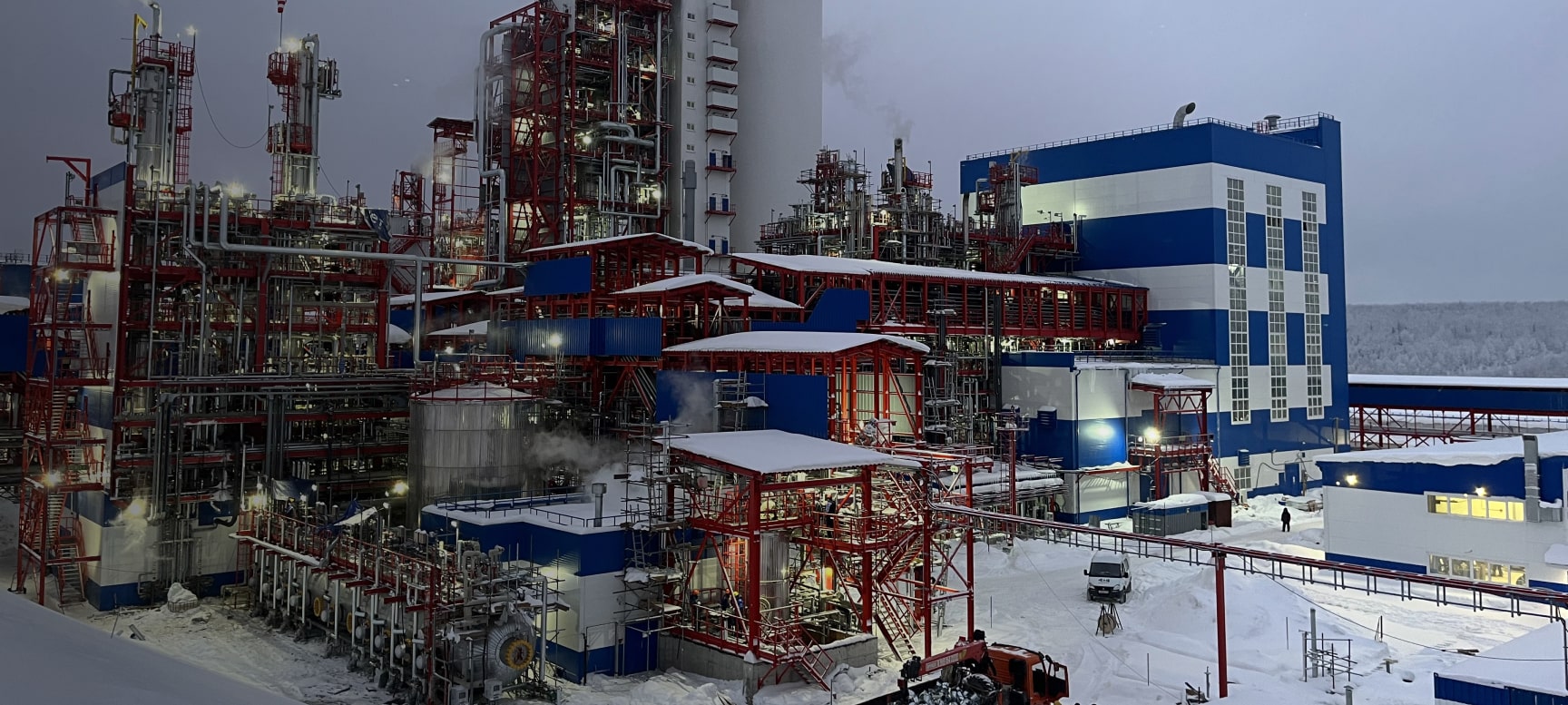Far more than a waste, carbon dioxide is a critical building block for everyday products and a key element in the creation of synthetic carbon-neutral fuels that will drive shipping and aviation to net zero. We help you use your CO2 emissions to diversify your business with a range of new products.

Articles
Give a new life to your CO₂ emissions
We turn your waste CO₂ into new business
1 February 2024

From waste CO2 to revenue
As governments commit to reducing CO2 emissions, industries around the world face stronger financial penalties for the carbon they release. To reduce their carbon footprints and avoid these costs, many industries are working to capture their carbon emissions. The question then becomes — what to do with the captured carbon? Is it a waste? Or can we add new value to it?
For some, the answer is to store or sequester it below ground or under the ocean, where it can’t contribute to global warming. For others, however, there is a chance to put those CO2 molecules to work and not only avoid financial penalties, but earn supplementary income in the process.
A new life for captured
Carbon capture is comprised of three steps. First, flue gases are pulled inside an absorption column and rapidly cooled. Then the gases are introduced to a solvent that traps the CO2. The solvent is then flushed, leaving behind a nearly pure CO2. This is where Casale comes in. We’ve taken our decades of experience adding value to CO2 captured during chemical processing and applied it to the latest carbon capture technology for flue gases.
For example, a client who was producing only methanol, wanted to expand their portfolio of products while reducing their carbon emissions. This provided us with a perfect opportunity to work together and implement a solution that now sees them producing urea, melamine, and ammonia, in addition to methanol.
This highlights the wide range of uses for captured CO2. Not only is urea an important fertilizer for the agriculture sector, but melamine is a critical component in the manufacture of everyday items such as tableware, wood laminates, floorings and car parts.

CO2 captured and reused in this way earns supplementary income four your business, while avoiding emissions and taxes. It also sees the carbon stored in a useful form rather than simply buried underground or under the sea.
Increase the value of your captured CO2 at any scale
Methanol that have particular benefits since the captured carbon has a direct use in their already established processes and allows for easier diversification into related products.
Looking ahead, synthetic fuels that can be made with green hydrogen and recycled carbon dioxide are likely to be a significant market as the shipping and aviation sectors look to reduce their carbon emissions through such fuels. As it is, the transport sector will need millions of tonnes of carbon dioxide to provide just a percentage of synthetic fuels for shipping or aviation.
And while our work has focused on reusing CO2 from urea and other related substances, there is scope to apply this approach to some of the largest industrial emitters, such as cement and steel production, in the future. Moreover, we’ve also been working with the Swiss government to develop a roadmap on reusing captured waste CO2 from production processes for energy and heat.
Having worked at such a large scale, we know how to scale the process down, making it applicable to smaller operations who may want to benefit from reusing their own carbon emissions. Putting those captured CO2 molecules to work across industries reduces our impact on the globe and creates a circular carbon economy that helps us grow crops, transport goods and furnish homes.

